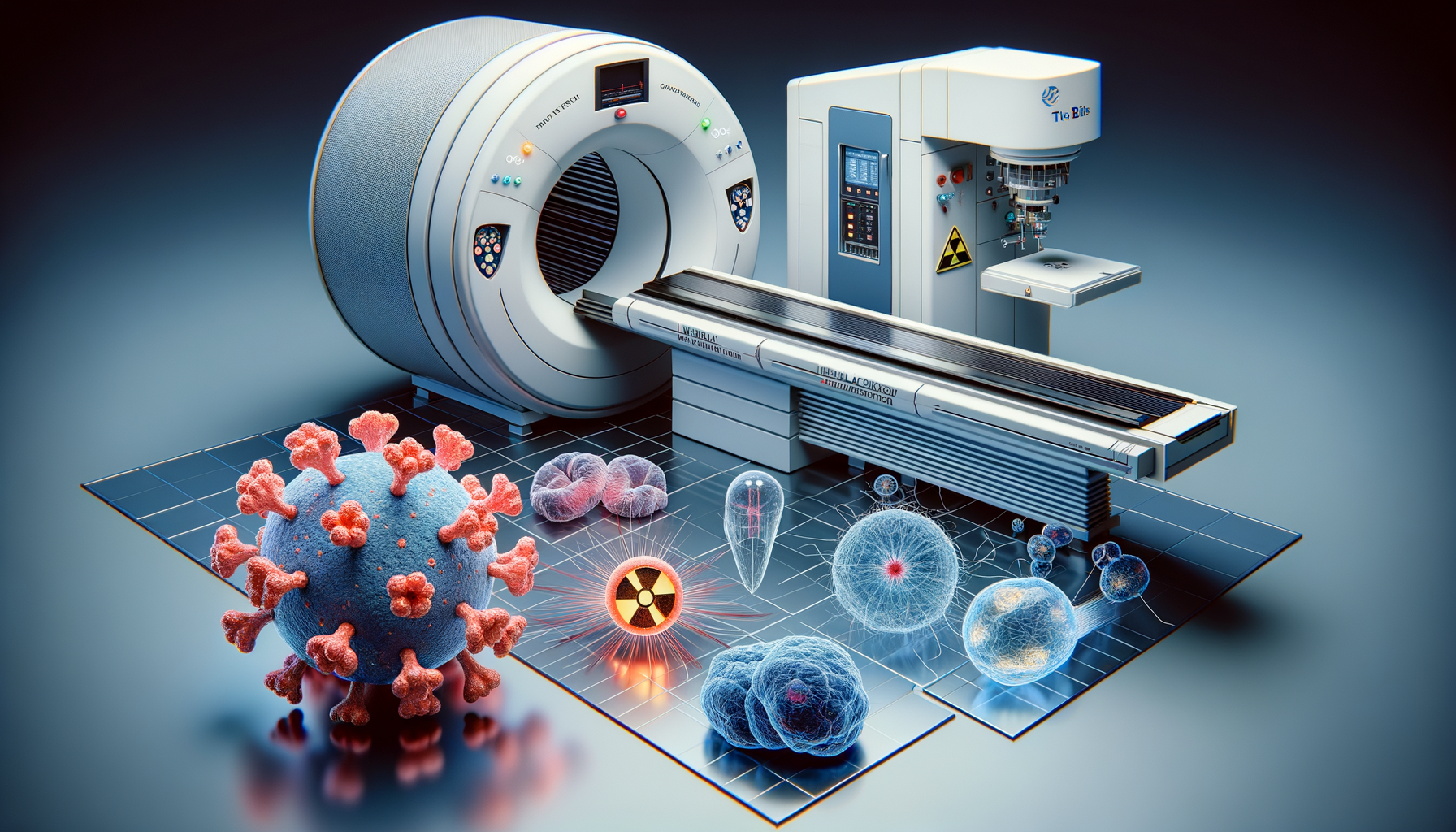Introduction to Radiation Therapy
Radiation therapy, a cornerstone of cancer treatment, plays a pivotal role in the fight against various types of cancer. It uses high doses of radiation to kill cancer cells and shrink tumors, offering a beacon of hope to many patients. This therapy is often used in conjunction with other treatments, such as surgery and chemotherapy, to increase its effectiveness. Understanding the intricacies of radiation therapy can empower patients and their families as they navigate the complexities of cancer treatment.
How Radiation Therapy Works
Radiation therapy works by damaging the DNA inside cancer cells, which hinders their ability to reproduce and grow. This targeted approach aims to destroy the cancer cells while minimizing damage to surrounding healthy tissue. There are two main types of radiation therapy: external beam radiation therapy and internal radiation therapy, also known as brachytherapy.
External beam radiation therapy involves directing radiation from a machine outside the body toward the cancerous area. On the other hand, brachytherapy involves placing a radioactive source inside the body, close to the cancer cells. This method allows for a higher dose of radiation in a more localized area, potentially reducing side effects.
Both methods require careful planning and precision to ensure optimal results. The radiation oncologist uses imaging tests to determine the exact location and size of the tumor, allowing for precise targeting of the cancerous cells.
Types of Cancer Treated with Radiation Therapy
Radiation therapy is versatile and can be used to treat various types of cancer, either as a primary treatment or as part of a combined approach. Some of the cancers commonly treated with radiation therapy include:
- Breast Cancer
- Prostate Cancer
- Lung Cancer
- Head and Neck Cancers
- Brain Tumors
Each type of cancer may require a different approach to radiation therapy, tailored to the specific characteristics of the disease and the individual patient’s needs. For instance, prostate cancer may benefit from brachytherapy, while lung cancer might be more effectively treated with external beam radiation.
Benefits and Risks of Radiation Therapy
Radiation therapy offers numerous benefits, particularly in its ability to target and destroy cancer cells with precision. It can reduce the size of tumors, alleviate symptoms, and improve the quality of life for patients. Additionally, it can be used to prevent cancer recurrence after surgery.
However, like all medical treatments, radiation therapy also carries potential risks and side effects. These can range from mild skin irritation and fatigue to more severe issues such as damage to nearby organs or tissues. The likelihood and severity of side effects depend on various factors, including the type and location of cancer, the dose of radiation, and the patient’s overall health.
Patients are closely monitored throughout their treatment to manage any side effects and adjust the therapy as needed. Open communication with the healthcare team is crucial to address any concerns and ensure the best possible outcome.
Future of Radiation Therapy
The future of radiation therapy looks promising, with ongoing research and technological advancements aimed at improving its effectiveness and minimizing side effects. Innovations such as proton therapy and stereotactic radiosurgery offer more precise targeting of tumors, reducing damage to healthy tissues.
Additionally, the integration of artificial intelligence and machine learning in treatment planning holds the potential to enhance the accuracy and efficiency of radiation therapy. These advancements could lead to more personalized treatment plans, tailored to the unique characteristics of each patient’s cancer.
As the field of radiation therapy continues to evolve, it remains a vital component of cancer treatment, providing hope and healing to patients worldwide.








